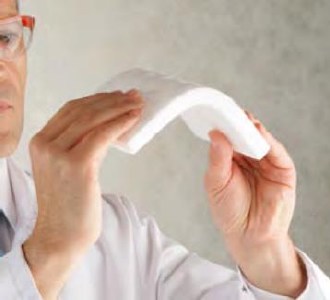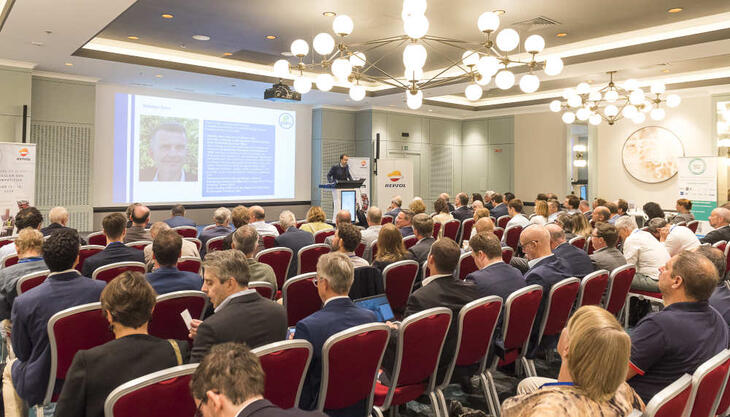Foam and more: the global market for polyurethanes

Polyurethanes are durable, dimensionally stable and exceptionally versatile; they can be soft and elastic but also hard and brittle. Therefore, PUR is used in a wide range of applications: for car seats and mattresses, skis and shoe soles, sponges and carpet coatings, elastomeres, paints and coatings, but also for adhesives and sealants. Correspondingly high is the demand: in 2014, a worldwide turnover of 50 billion dollars was achieved with PUR. A new study of the market research company Ceresana expects the sales to rise until 2022 by on average 4.8% per year - by that, 74 billion dollars can be reached.
The prime area of application of polyurethane is the construction industry where PUR is mainly used as insulation and assembly foam. Producers of plastic benefit from the recent discussion on climate protection or rather from the increasing importance of energy efficiency and conserving of resources. In several countries measurements of government aid lead to an increase in sales of insulation materials. Ceresana expects the worldwide demand for PUR in the construction segment to increase by 4.6% per year in the near future.
 The
characteristics of polyurethane depend on the primary products. In order to
create a full transparency of the PUR market, the analysts of Ceresana examined
the two most important primary products as well: methylene diphenyl
diisocyanate (MDI) and toluene diisocyanate (TDI). Application areas of PUR
products vary depending on the production either with TDI or MDI. MDI based PUR
generated almost 55% of the annual PUR demand in 2014. With its annual growth
of 4.2%, which is above the one of TDI, MDI will presumably further expand its
lead. This is a result of the positive development in the construction industry
where mainly MDI based PUR is used. However, a weaker development can be seen
in the segment furniture and bedding which is the most important sales market
for TDI.
The
characteristics of polyurethane depend on the primary products. In order to
create a full transparency of the PUR market, the analysts of Ceresana examined
the two most important primary products as well: methylene diphenyl
diisocyanate (MDI) and toluene diisocyanate (TDI). Application areas of PUR
products vary depending on the production either with TDI or MDI. MDI based PUR
generated almost 55% of the annual PUR demand in 2014. With its annual growth
of 4.2%, which is above the one of TDI, MDI will presumably further expand its
lead. This is a result of the positive development in the construction industry
where mainly MDI based PUR is used. However, a weaker development can be seen
in the segment furniture and bedding which is the most important sales market
for TDI.
















